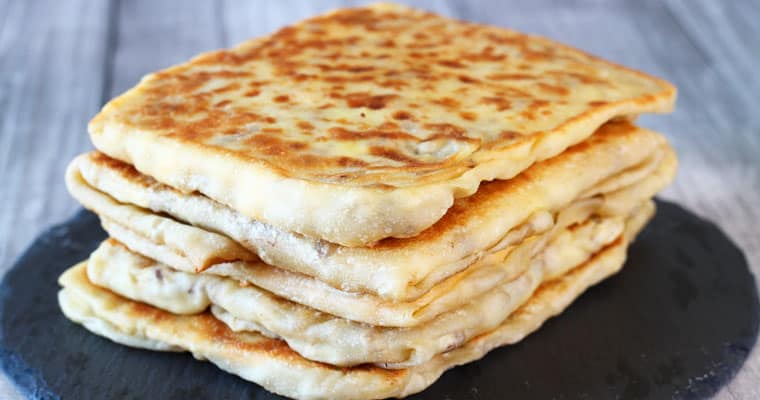If you make a list of dishes that Bengalis would swear by, prawn malaikari would definitely be near the top of the list. It might even be at the very top if your participants are Ghotis. It is almost a matter of racial pride that goes with that dish. Die hard fans of Mohun Bagan would make it a point to celebrate with that dish whenever they would beat East Bengal. It is almost synonymous to some people's culinary racial identity.
Having observed all the pride and tradition associated with that dish, let us ask a few simple questions:
Having observed all the pride and tradition associated with that dish, let us ask a few simple questions:
1. Where is the malai in the malaikari?
The word malai means cream in Bengali. However, there is no malai added to this fabled dish. One can argue that coconut milk is added to it and milk and cream are related. Another argument could be the creamy texture of the dish that it is supposed to have. However, both seem quite far fetched and become even more improbable when we look them together with the second point.
2. Why kari/curry?
Despite the existence of opinion that relates curry to the french verb cuire (to cook) and some early mention of the word with a different meaning and context, it is safe to assume that the word originates from the Tamil word kari, especially when you look at the usage of the word in culinary verbiage. Now, let us ask if there is a single other dish in Bengali cuisine that is called kari. Other than some mentally and linguistically challenged people who take pride in anglicizing their diction, no self-respecting Bengali calls any other dish a curry. The only usage is a conglomerate tarkari which is a possibly combination of Persian tarah and Tamil kari. And the usage is limited to mean vegetables or nondescript preparations of vegetables. Preparations that are adored are things like jhaal, jhol, ghonto, daalna, chorchori, chhenchki, and so on and so forth.
3. Is there any other Bengali dish that has a construction similar to the dish in question?
In my limited exposure, I have not come across another Bengali dish that is similar to malaikari.
The dish malaikari nonetheless should be familiar to people who have been exposed to the global cuisine. Have you noticed that star anise, although not used commonly, fits perfectly if added to a malaikari? Where else do we see such dishes? Curries made with onion, ginger, garlic, coconut cream, cinnamon, star anise? Of course, the peninsula of Malay!
Don't feel too heartbroken if your racial culinary pride is hurt. That is the glory of human civilization and culture. The continuous mixing, the adaptations, the reincarnations of one's tradition in another land.
Acknowledgment: Devapriya Chattopadhyay





